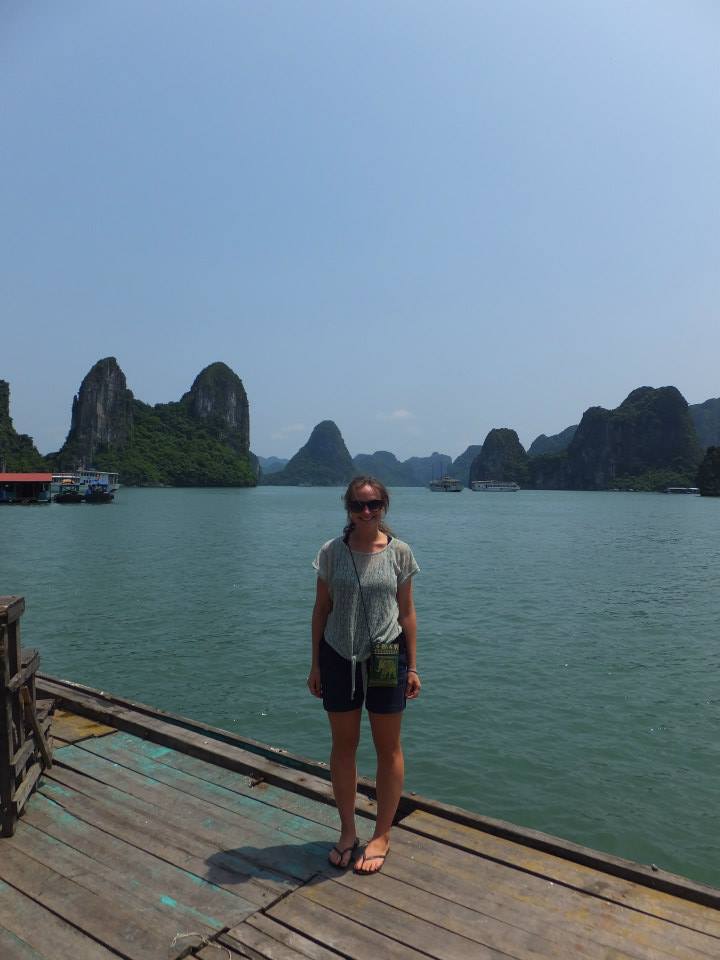Loikaw in Myanmar (Burma): Kayah’s cultural capital

Travel consultant, Liam went off the beaten track to meet rural villagers and explore the lesser-trodden town of Loikaw. Little did he know he would also encounter one very unexpected festival.
Suddenly there was a loud bang and a plume of smoke leaped into the air. Our van swung around a corner and ahead a commotion of people blocked our route and began shouting with their hands raised. Concerned, I leant forward in my seat trying to figure out what was happening. But when I looked over at my guide he was grinning from ear to ear, “today is a very lucky day for you, this is the day of the local rocket festival!”

Pa'O Rocket Festival
We were traveling through the Shan Hills towards Loikaw, the capital of Kayah State, when we stumbled across this festival in a small town. The event involves dozens of schools from the area competing with one another in a display of dance, drumming and singing. This was to be my first experience of ethnic minority life in the mountains of Burma; what a way to begin!
People were more than happy to let us wander around the festival to learn about local customs, see the occasional rocket and fill up on snacks at the stalls. It became clear that the festivals here have an important social function, giving communities from remote mountainous villages the opportunity to catch up on local news, and the younger generation the chance to meet a future partner; I saw adolescent boys and girls peeling off from their families to flirt and gossip away from prying eyes…
Loikaw itself is pretty with peaceful tree-lined streets, a central market bursting with the bright colors of flowers and fresh fruit, and a pagoda on a unique rock formation in the center of the town. If you get peckish, there are plenty of treats for food lovers; The Golden Lion that overlooks the main river, and the lakeside Master Restaurant were great places to stop.
Cultural practices

Away from the town and up into the hills that stretch across Kayah State and spill over into Shan State live a diverse range of ethnic minority groups. They each have unique cultural practices, from the blackening of teeth to piercing various parts of the body.
I was particularly interested in exploring Loikaw town to visit the Kayan ethnic group, known for the women who wear brass neck coils. They’re worn from an early age and over time the coils push down the clavicle, giving the illusion of extending the neck to a seemingly impossible length. The practice is dying out due to the discomfort it can cause, but some girls still continue the tradition.
Meeting villagers

It has recently become possible to meet the villagers thanks to local guides who understand the regional customs and have built positive relationships with the communities. The guides encourage tourism to bring much-needed resources and employment opportunities. Many of the guides grew up in these villages, and after studying in the regional capital, Loikaw, they return to guide tourists around their home towns.
After the construction of a new road visitors can drive to their villages, but trekking to them is also possible. I approached the Kayan villages with an excellent local guide, emerging from a hiking trail that cut through rice fields against mountainous scenery. I was greeted warmly by everyone I met and local families were keen to share their stories with me; they even let me have a go at weaving!
Sustainable development

Kayan women often emigrate to Bagan or Chiang Mai in Thailand to make money by having their photo taken in ‘zoo-like’ settings. But meeting the villagers here felt like a genuine and authentic experience.
Tourists visiting the ethnic groups of Kayah and Shan states can play a significant role in contributing to sustainable community development. Local crafts are sold by villagers to supplement their income from farming, and donations can be made to help improve the community’s healthcare and infrastructure. This helps families to stay together and continue time-honored traditions like that happy rocket festival.
This article featured in the most recent issue of East, our travel magazine. Sign up here to receive East through your door three times a year for FREE!





